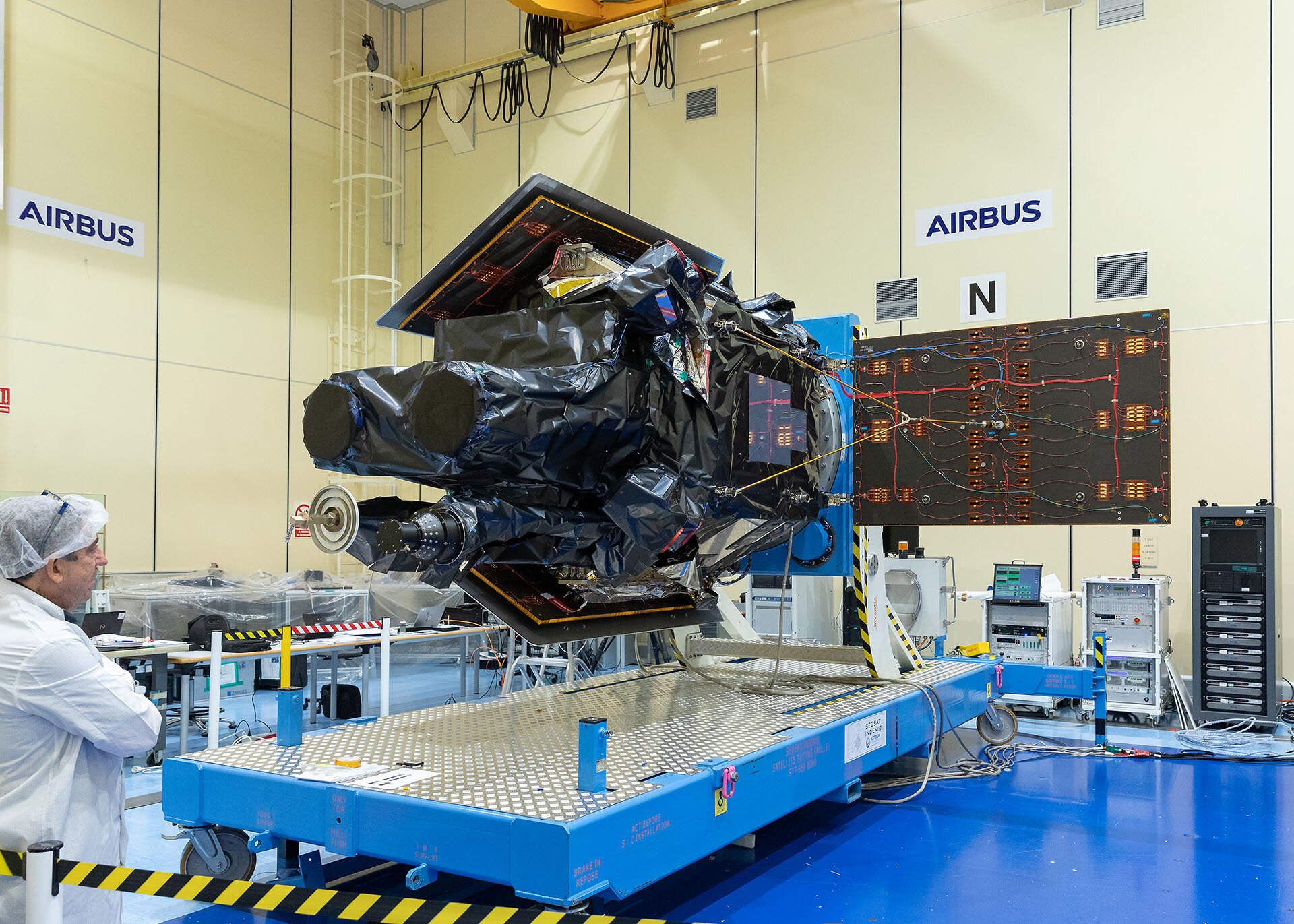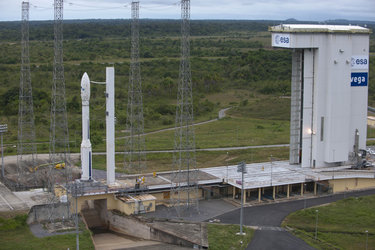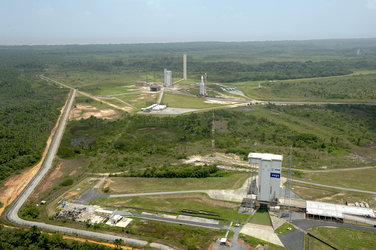Launch
SEOSAT-Ingenio lifted off on a Vega rocket from Europe’s spaceport in Kourou, French Guiana, on 17 November 2020 at 02:52 CET (22:52 local time on 16 November). The first three stages functioned nominally until the ignition of the AVUM upper stage, eight minutes after departure from the launch pad. At that time, a degraded trajectory was detected, followed by a loss of control of the vehicle and the subsequent loss of the mission.
The Vega VV17 flight also carried with the CNES French space agency’s Taranis satellite. SEOSAT-Ingenio had a mass at liftoff of approximately 750 kg.
Read in full: Press Release N° 23–2020: Vega flight VV17 failure: Arianespace and ESA appoint an independent Inquiry Commission

About Vega
Vega joined the family of launch vehicles at Europe’s Spaceport in French Guiana in 2012. It has demonstrated impressive capabilities ranging from equatorial to Sun-synchronous orbits, from orbital to suborbital missions, from single to multiple payloads.
Unlike most small rockets, Vega is able to lift payloads ranging from a single satellite up to one main satellite plus additional small satellites and place them into separate orbits on a single mission. This has made reaching space cheaper, quicker and easier.
With a height of 30 m and a diameter of 3 m, the launcher can place 300–1500 kg satellites into the polar and low-Earth orbits used for many scientific and Earth observation missions. Vega was used to launch ESA’s Earth observation Aeolus wind mission in 2018.







